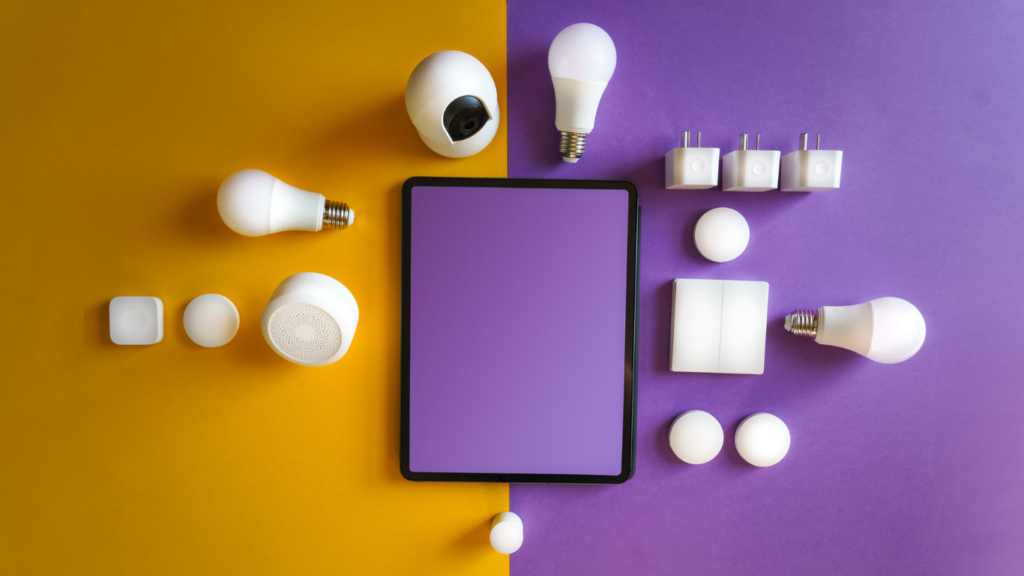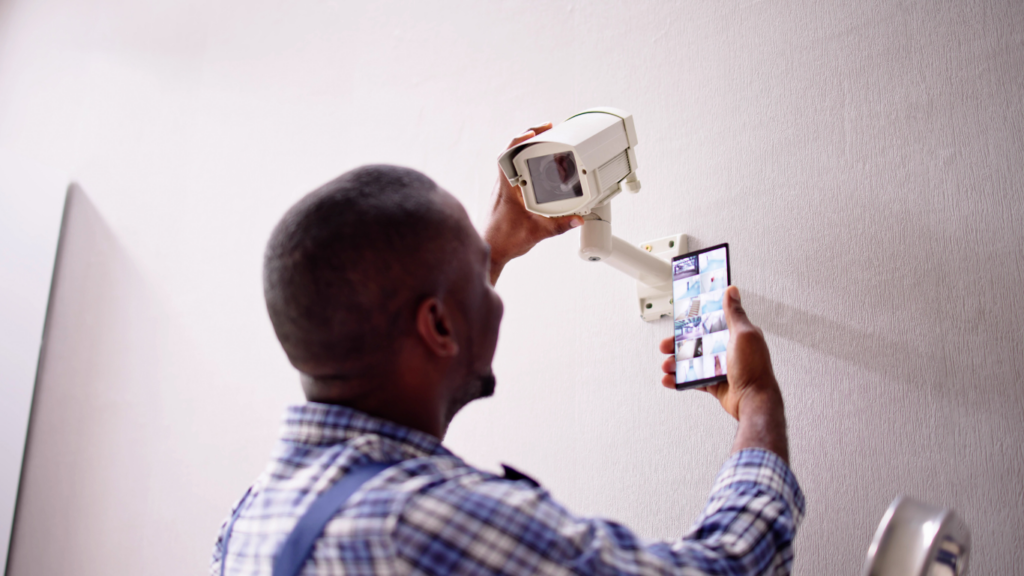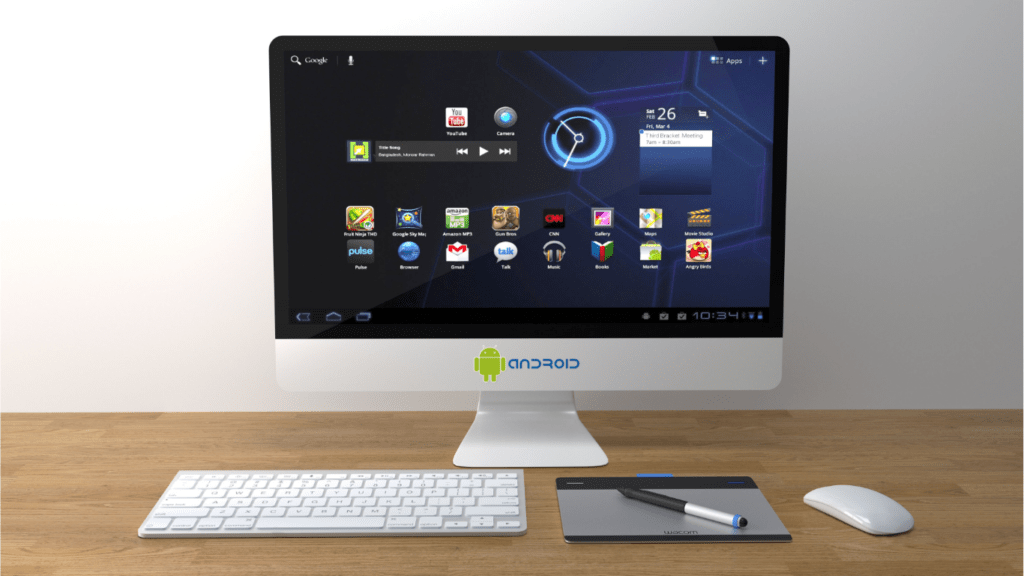Benefits of Smart Home Devices
Smart home devices bring numerous advantages to daily life. Their ability to automate routine tasks saves time and effort.
- Convenience
Smart home devices offer unparalleled convenience. Voice-controlled assistants, like Amazon Alexa and Google Home, allow users to control lights, thermostats, and other gadgets hands-free. Scheduling features ensure that devices operate automatically based on user preferences. - Energy Efficiency
Smart home devices help reduce energy consumption. Smart thermostats, like Nest and Ecobee, optimize heating and cooling based on occupancy patterns. Smart plugs and switches allow users to turn off electronics remotely, preventing energy waste. - Enhanced Security
Smart home devices boost home security. Smart cameras, such as Ring and Arlo, provide real-time video feeds and alerts. Smart locks, like August and Yale, enable remote control and monitoring of entry points, enhancing control over home access. - Health and Wellness
Health-focused smart home devices improve well-being. Air quality monitors keep track of pollutants and adjust air purifiers accordingly. Smart lighting systems, like Philips Hue, can simulate natural daylight patterns, promoting better sleep and mood regulation. - Cost Savings
Smart home devices can lead to cost savings. Automated energy management systems lower utility bills by optimizing energy use. Additionally, smart water leak detectors prevent costly water damage by alerting users to problems early.
Integrating these devices provides a more connected, efficient, and secure living environment. Each smart home device offers unique benefits that, when used to their fullest potential, significantly enhance daily life.
Optimizing Device Placement

Strategic placement of smart home devices boosts their effectiveness, ensuring you get the most out of your investment.
Smart Lighting
Place smart lighting devices where they can offer optimal illumination and convenience. Position smart bulbs or light strips in living areas, kitchens, and bedrooms for easy control over lighting moods and energy efficiency. Ensure lamps with smart bulbs are within range of your hub or Wi-Fi to maintain reliable connections. Consider installing motion sensors in hallways and bathrooms to automate lighting without needing to use switches.
Security Cameras
Install security cameras at key entry points and areas with high foot traffic. Position cameras at front and back doors, ground-floor windows, and garages to maximize coverage. Ensure they are mounted at a height that captures clear footage without being easily tampered with. If possible, avoid placing cameras directly against light sources to prevent glare and shadowing. Use indoor cameras in living rooms and nurseries to keep an eye on high-activity areas while away.
Thermostats
Position smart thermostats in central, frequently used areas of your home. Install them away from direct sunlight, drafts, and heat sources to avoid inaccurate temperature readings. Ensure that the thermostat location supports good airflow and accurately represents the ambient temperature. Common placements include living rooms, hallways, or main rooms where temperature control is critical for comfort.
Integrating with Voice Assistants
Integrating smart home devices with voice assistants enhances convenience and control. It simplifies device management and amplifies functionality through natural language commands.
Alexa
Alexa, Amazon’s voice assistant, offers extensive compatibility with smart home devices. Linking devices to Alexa allows control through voice commands, routines, and the Alexa app. For instance, I can say, “Alexa, turn off the living room lights,” and the connected lights respond instantly. Alexa Skills enhance device interaction by enabling custom commands.
Google Assistant
Google Assistant supports a wide range of smart home devices. It allows integration through the Google Home app, providing seamless control via voice or app interface. Saying, “Hey Google, set the thermostat to 72 degrees” adjusts the temperature instantly. Google Assistant’s routines feature lets me automate multiple actions with a single command, like turning off lights and playing music simultaneously.
Siri
Siri, Apple’s voice assistant, integrates with smart home devices compatible with HomeKit. Using the Home app, I can control devices individually or in groups. Commands like, “Hey Siri, lock the front door,” secure my home efficiently. Automating tasks with Siri Shortcuts offers added convenience by combining multiple actions into single voice commands.
Enhancing Home Security
Integrating smart home devices can significantly boost home security. I’ll cover two crucial components: doorbell cameras and smart locks.
Doorbell Cameras
Doorbell cameras offer real-time monitoring and recording of areas near entrances. Easily install these cameras on exterior doors. They provide live video feeds and notifications when someone approaches or rings the doorbell.
Leading brands like Ring and Nest include features such as motion detection, two-way audio, and night vision. Check camera footage remotely via smartphone apps, ensuring you’re informed of visitors even when away.
Smart Locks
Smart locks replace traditional keys with secure, electronic access. Install these locks to control who enters your home. Many models, like those from August and Schlage, include mobile app controls for locking and unlocking doors remotely.
Some smart locks integrate with existing home automation systems. Create unique access codes for trusted individuals and receive notifications whenever a door is locked or unlocked.
Energy Efficiency
Optimizing the energy use of smart home devices can significantly reduce utility bills and environmental impact. Below, I’ll delve into how smart plugs and smart thermostats contribute to energy efficiency.
Smart Plugs
Smart plugs help manage energy use by controlling the power delivered to devices. They can schedule devices to turn off when not in use, preventing energy waste. For example, they can automatically shut off lamps, coffee makers, or space heaters after a set period. Integrating smart plugs with voice assistants or mobile apps can facilitate remote control, allowing management of devices from anywhere. Monitoring energy consumption through smart plugs provides insights, helping identify high-energy devices and adjust usage patterns.
Smart Thermostats
Smart thermostats enhance energy efficiency by optimizing home heating and cooling. They create temperature schedules based on daily routines, reducing unnecessary heating or cooling. For instance, they can lower the temperature while you’re at work and raise it before you return. Many smart thermostats adapt to user preferences over time, using AI to improve efficiency. Features like geofencing adjust the temperature based on your location, ensuring energy isn’t wasted when nobody’s home. Real-time energy usage data from these thermostats helps monitor and manage consumption effectively. Some models qualify for utility rebates, adding further savings.
Troubleshooting Common Issues
Dealing with smart home devices can present occasional challenges. Identifying and resolving common problems maximizes their potential.
Connectivity Problems
Smart devices rely on stable WiFi connections. Weak signals or interference may disrupt functionality, especially for devices spread across larger homes. Ensure each device lies within the router’s coverage area. Consider adding WiFi extenders or a mesh network system to eliminate dead zones.
Here’s a quick list to fix connectivity problems:
- Check Signal Strength: Use a WiFi analyzer to verify signal strength throughout your home.
- Reboot Router and Devices: Sometimes merely rebooting the router and the smart devices resolves connectivity issues.
- Update Firmware: Ensure your router and devices have the latest firmware updates.
- Avoid Interference: Keep devices away from microwaves, baby monitors, and other electronics emitting radio frequencies.
Device Malfunctions
Devices can encounter malfunctions due to software glitches, power issues, or misconfigurations. Diagnosing these issues ensures uninterrupted service.
Follow these steps for common fixes:
- Reset the Device: Perform a factory reset to clear any software glitches.
- Check Power Supply: Ensure devices receive adequate power. Replace batteries or check power connections if needed.
- Update Software: Regularly update apps and device firmware for optimal functionality.
- Consult Manuals: Refer to user manuals or online resources for troubleshooting tips and advanced configurations.
Resolving these issues effectively keeps smart home devices running smoothly, ensuring convenience, security, and efficiency.





